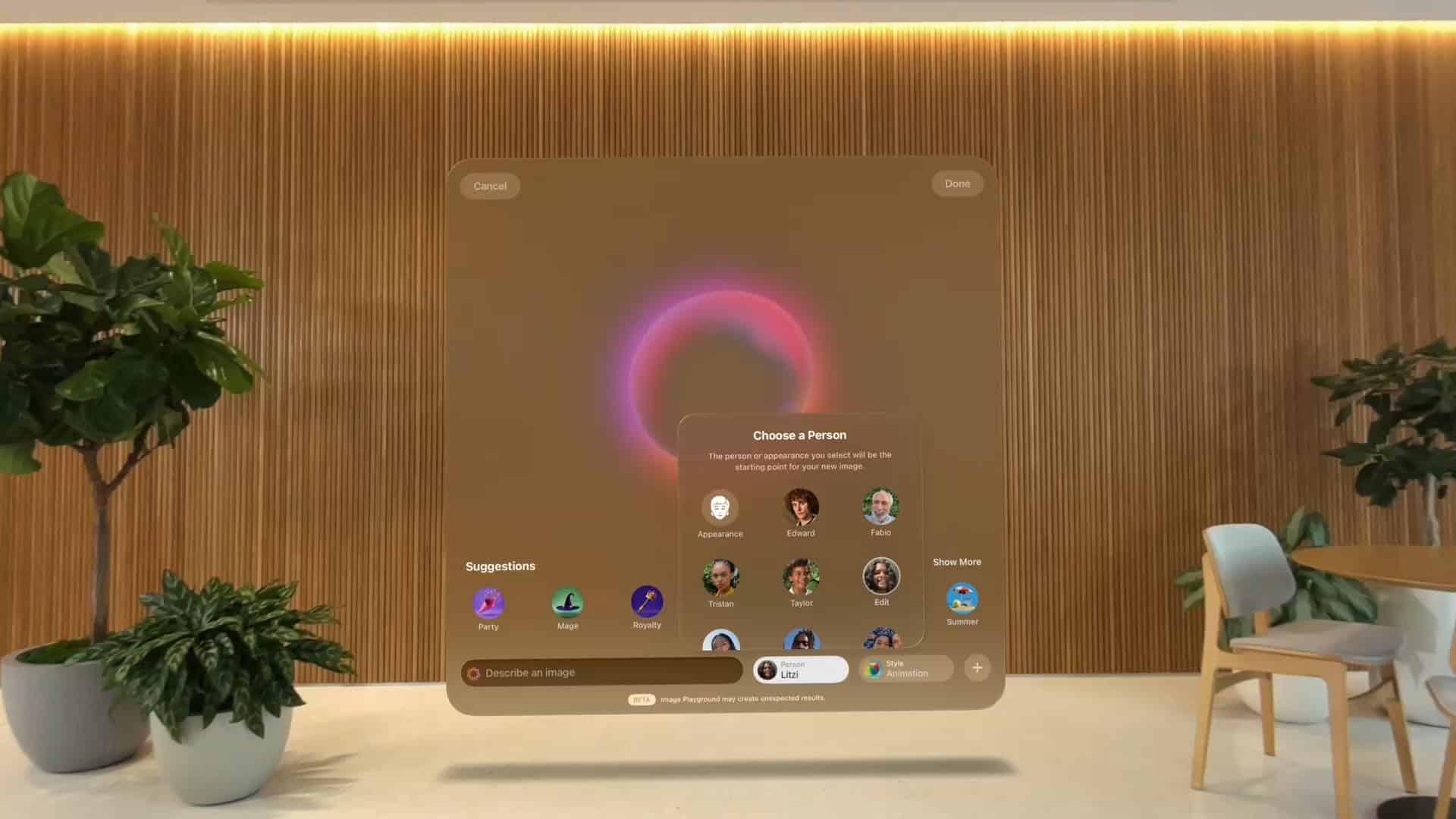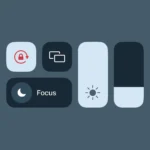Apple released visionOS 2.6 today, marking the sixth update to the Vision Pro’s operating system since visionOS 2 launched in September. This software update comes two months after visionOS 2.5 hit users’ devices.
visionOS 2.6 focuses entirely on bug fixes and behind-the-scenes improvements, with no new features added to the Vision Pro experience. Vision Pro owners can download the update by opening the Settings app, tapping General, and selecting Software Update. The visionOS 2.6 release represents Apple’s continued commitment to refining the headset’s performance.
Many users wonder what changes they’ll notice after installing this update. Apple’s release notes keep things simple, highlighting stability improvements and bug fixes that should make the Vision Pro run more smoothly. This update might be the last major release before visionOS 26 arrives later this year.
What’s New in visionOS 2.6: Key Details and Update Overview
Apple has released visionOS 2.6, the latest update for its spatial operating system powering the Apple Vision Pro headset. This update builds upon previous releases with significant enhancements that improve user interaction, personalization, and developer capabilities.
Key Features and Improvements in visionOS 2.6
1. Enhanced Spatial Experiences
visionOS 2.6 introduces next-level spatial computing features that transform how users interact with their environment. These improvements allow for more immersive and intuitive spatial interactions, making the Vision Pro experience richer and more natural.
2. Spatial Personas
A major new feature is the introduction of enhanced Spatial Personas. These allow users to create and switch between different spatial profiles tailored to specific tasks or environments, improving multitasking and personalization.
3. Geographic Persistence
The update brings geographic persistence, enabling apps and spatial elements to maintain their position and state relative to the physical world even after the device is restarted or moved. This adds continuity and convenience for users relying on spatial anchors.
4. New Widget Capabilities
visionOS 2.6 expands widget functionality, allowing users to place and interact with widgets more flexibly within their spatial environment. This enhances quick access to important information and controls without disrupting the immersive experience.
5. Developer and Enterprise Tools
The update includes new tools and APIs for developers to create more powerful and personalized spatial apps. Enterprises also benefit from enhanced management and deployment options tailored for spatial computing use cases.
6. SDK and Xcode Integration
The visionOS 2.6 SDK is bundled with Xcode 16.4, available on the Mac App Store, enabling developers to update and test their apps against the latest API changes to fully leverage the new features and improvements.
Overall, visionOS 2.6 represents a significant step forward in spatial computing, focusing on personalization, persistence, and developer empowerment to enhance the Apple Vision Pro ecosystem.
For more detailed information, you can explore the official Apple developer release notes for visionOS 2.6 here.
Key Takeaways
- visionOS 2.6 contains only bug fixes and performance improvements with no new features
- Users can download the update through Settings > General > Software Update on their Vision Pro
- This release may be the final major update before visionOS 26 launches
Frequently Asked Questions
Users often ask about the specific improvements and new features that visionOS 2.6 brings to their Apple Vision Pro experience. The update introduces enhanced gesture controls, better accessibility options, and new developer tools that make the platform more powerful.
What enhancements have been introduced to the user interface in visionOS 2.6?
The interface now features improved window management with better spacing between virtual objects. Users can resize windows more smoothly with updated corner handles.
Apple redesigned the control center with larger buttons that respond better to eye tracking. The home view loads 30% faster than previous versions.
New visual indicators show when apps are updating in the background. The system menu appears more quickly when users look toward the top of their field of view.
Can you list the improved accessibility features in the latest version of visionOS?
Voice Control now works with more third-party apps and responds to custom commands. Users can navigate menus using only voice input without hand gestures.
The system includes better support for users with limited mobility. New options let people adjust gesture sensitivity for easier interaction.
Text size options now go up to 400% larger than standard size. High contrast mode works across all system apps and most third-party applications.
Sound recognition alerts users to important audio cues through haptic feedback. The feature works with doorbells, alarms, and notification sounds.
What new tools for developers does visionOS 2.6 offer?
RealityKit gets new physics simulation tools that create more realistic object interactions. Developers can now build apps with better collision detection.
The updated SDK includes improved hand tracking APIs with millimeter precision. Apps can detect individual finger movements more accurately.
New debugging tools help developers test their apps in different lighting conditions. The simulator now matches real-world performance more closely.
Spatial computing templates speed up development for common app types. These templates include shopping experiences, educational tools, and entertainment apps.
How has the gesture navigation system been upgraded in visionOS 2.6?
Pinch gestures now work from greater distances, up to 18 inches from the body. The system recognizes subtle finger movements that were missed before.
Two-handed gestures let users rotate and scale objects more naturally. The update reduces accidental gesture triggers by 40%.
New gesture shortcuts let users quickly switch between apps with specific hand movements. Users can customize these shortcuts in Settings.
The system learns individual gesture patterns over time. This personalization makes navigation feel more responsive for each user.
Are there any security updates included in the visionOS 2.6 release?
App permissions now require explicit approval for camera and microphone access. Users see clear notifications when apps request these permissions.
Biometric authentication works faster with improved eye tracking verification. The system locks automatically when it detects the headset has been removed.
Enterprise features include better device management for business users. IT administrators can control which apps employees can install.
New privacy indicators show when apps are recording or processing spatial data. These appear as small icons in the user’s peripheral vision.
Which new widgets and on-screen elements are available in visionOS 2.6?
Weather widgets now display in three dimensions with animated precipitation effects. Users can see hourly forecasts floating in their space.
Calendar widgets show upcoming events with depth and color coding. Important meetings appear larger and closer to grab attention.
Music controls hover near the user’s hand when audio is playing. These controls fade away automatically when not needed.
Activity rings from Apple Watch now appear as holographic displays. Users can view their fitness progress without checking their wrist.






